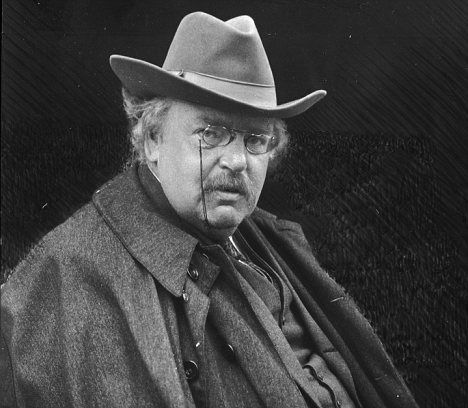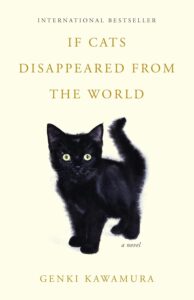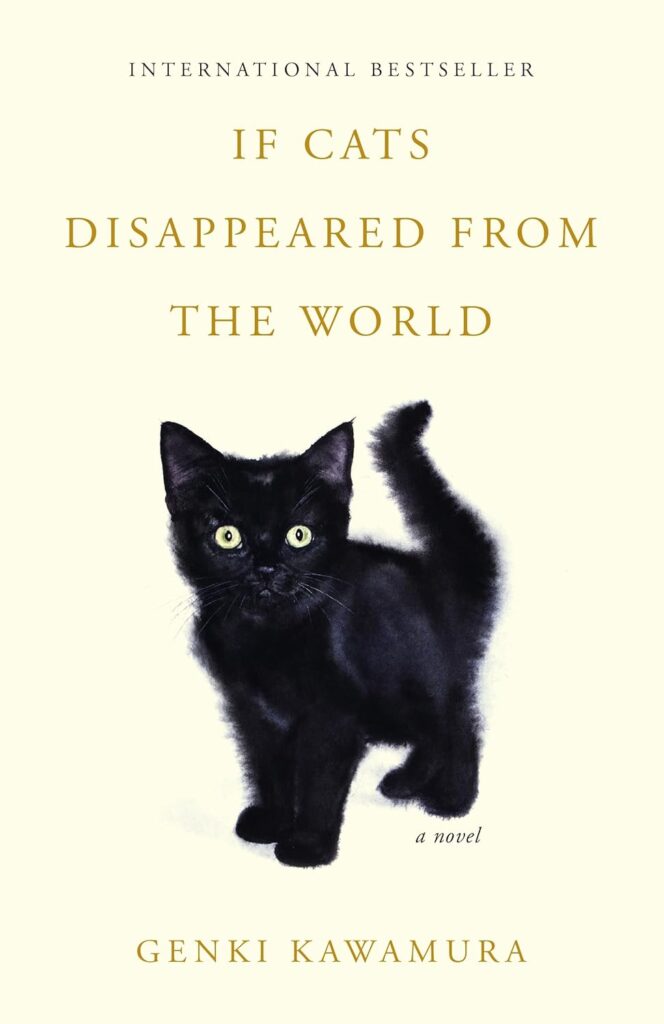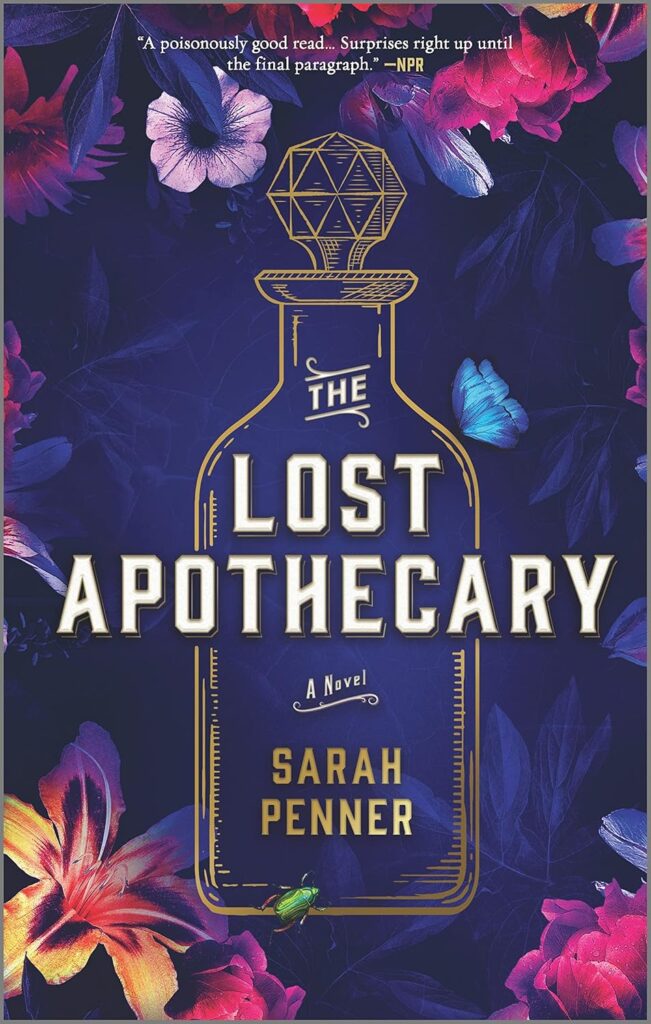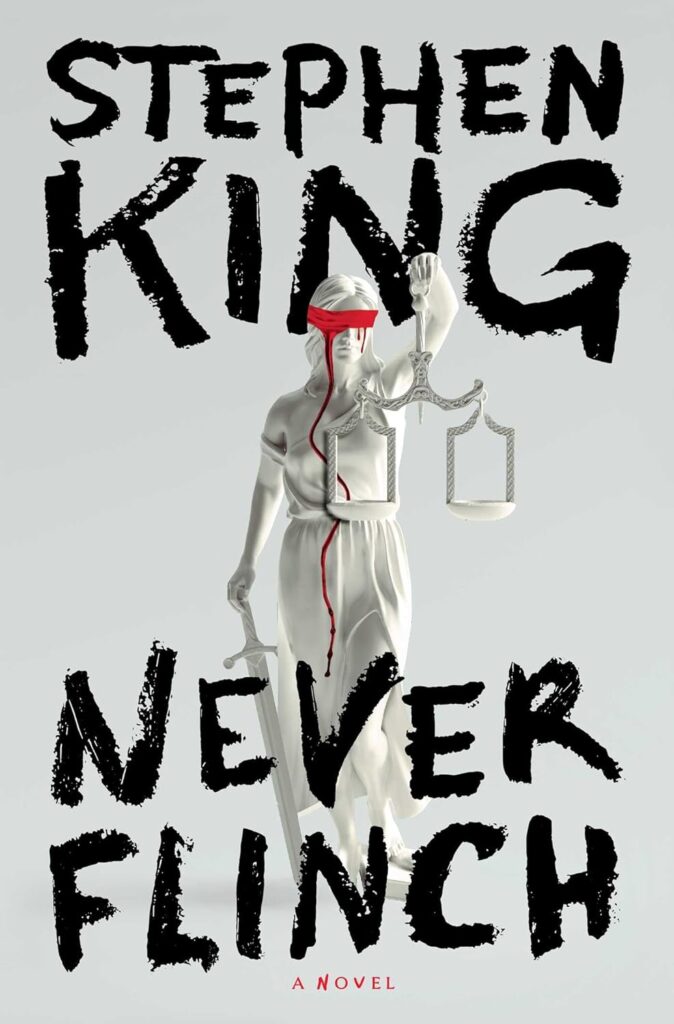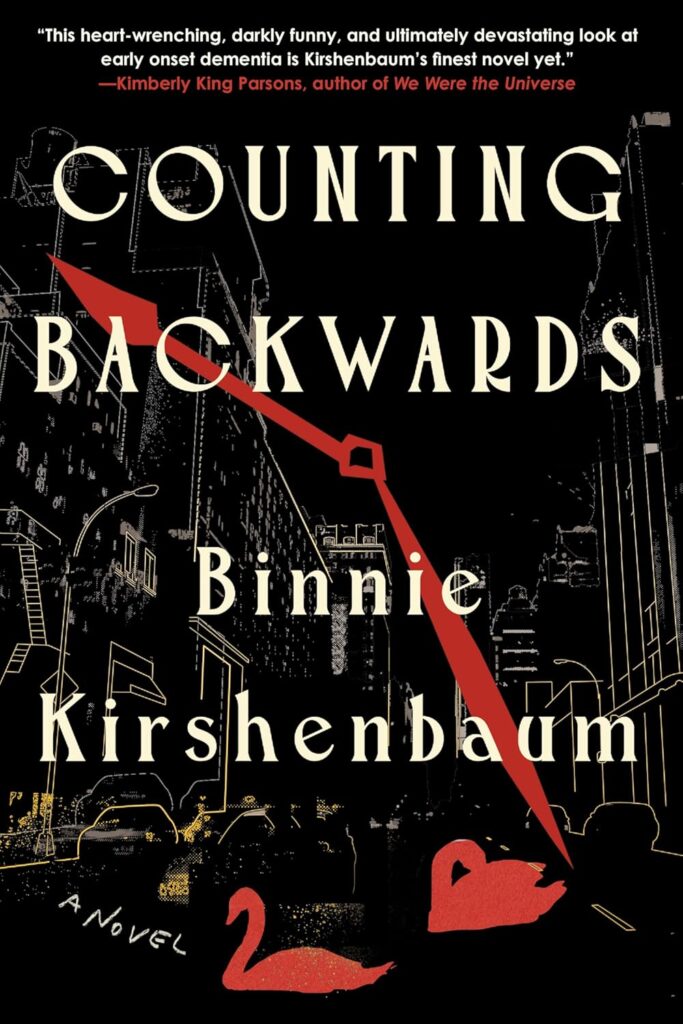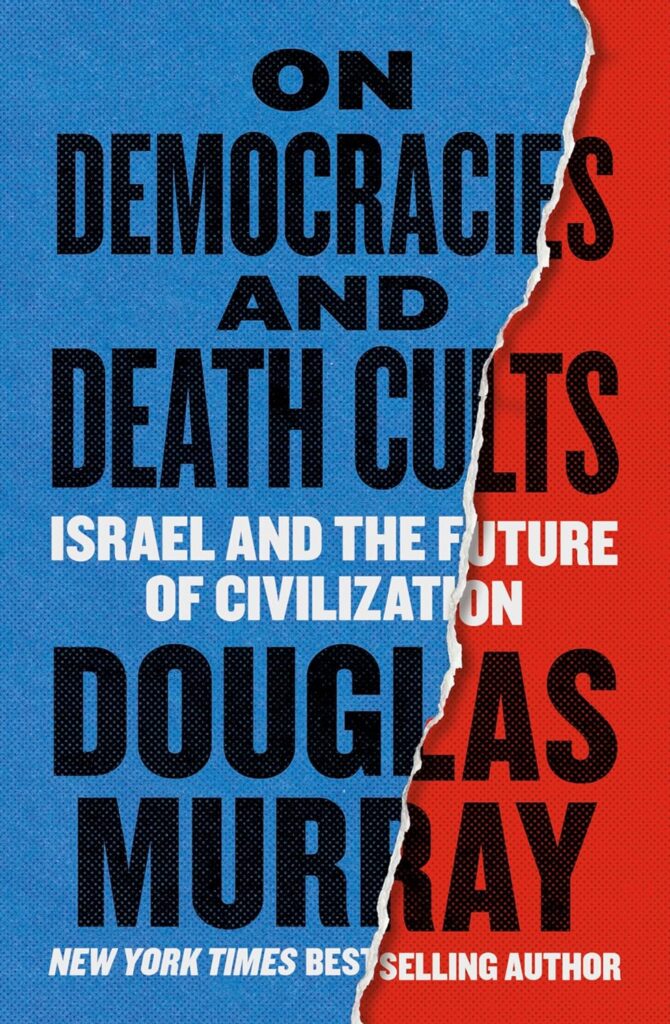To speak of G.K. Chesterton is to summon a mind as expansive as it is exacting—an intellect that wielded paradox with the precision of a scalpel and the force of a cudgel. Here was a man who argued as if every syllable mattered, defending common sense against the creeping sophistry of his age and finding the sublime hidden in the simplicity of everyday life. Master of both epigram and essay, Chesterton’s legacy stretches beyond his literary artistry to his role as an unapologetic defender of faith, family, and the human spirit, all while courting his critics with equal measures of humor and rigor. To encounter his work is to be simultaneously charmed and challenged, whether through his theological depth, his unerring satire, or—most famously—his ability to turn disbelief inside out and reveal, in its place, the luminous heart of belief.
Watch more on YouTube about G.K. Chesterton here.
The Life and Times of G.K. Chesterton
Gilbert Keith Chesterton, or G.K. Chesterton as he is famously known, was no ordinary writer. Towering in physical presence and intellectual wit, he wielded his pen like a sword, cutting through the clouded thinking of his time. His life was a fascinating interplay between art and theology, humor and philosophy, and an unyielding pursuit of the truth. Let’s take a closer look at his journey.
Early Life and Education
Born on May 29, 1874, in Kensington, London, Chesterton was raised in a family that encouraged curiosity and creativity. His father, Edward, nurtured his interest in literature and the arts, while his mother, Marie Louise, provided a nurturing, stable home. As a boy, Gilbert was introspective and imaginative, crafting stories and sketching elaborate illustrations.
Chesterton attended St. Paul’s School, where his intellect began to shine, though he didn’t necessarily excel in conventional academic terms. His passion for art took him to the Slade School of Art, part of University College London. There, he hoped to pursue illustration, immersing himself in the visual world before realizing that he lacked the desire to make it his sole pursuit. This epiphany steered him into the realm of writing—and what a pivot it was.
During his formative years, Chesterton explored not just art and literature but also the complexities of human belief and existence. His upbringing, steeped in both Protestant cultural influences and secular curiosity, set the stage for his later theological explorations. For more about his early days and artistic leanings, visit G.K. Chesterton’s biography at the Chesterton Society.
Career Beginnings and Rise to Prominence
Chesterton’s professional journey began humbly, yet with remarkable power and influence. In the late 1890s, he embarked on a career in journalism, contributing essays and critiques to various publications. His keen observations and sharp humor caught the attention of editors and readers alike, quickly marking him as a rising intellectual.
His first breakthrough came with literary criticism, particularly on Charles Dickens, which was met with widespread acclaim. Chesterton’s ability to see beyond the surface, to find the eternal truths in Dickens’ characters and stories, not only elevated his reputation but also hinted at the universal themes he would later explore in his own work.
Prolific almost to a fault, Chesterton’s pen never seemed to rest. Whether it was his biographical studies, investigative essays, or towering fiction like The Man Who Was Thursday, Chesterton became a household name. These accomplishments spoke to an innate gift for pairing thought-provoking arguments with bursts of levity and absurdity. Readers seeking a deeper dive into his early career can explore this profile on Chesterton.
Personal Life and Faith Journey
Chesterton’s intellectual vigor found its counterpart in his personal life, particularly in his marriage to Frances Blogg in 1901. Frances was not just his devoted wife but also a stabilizing force, often managing his notoriously absent-minded habits with patience and grace. Together, they shared a union rooted in mutual respect and a shared passion for spiritual exploration.
Though raised in a nominally Protestant household, Chesterton underwent a profound transformation in his faith. His wrestling with existential questions and the persistent doubts of a secular age eventually led to his conversion to Roman Catholicism in 1922. This decision was not abrupt; it was the result of years of intellectual and emotional grappling with the coherence, beauty, and truth he found in Catholic theology.
Chesterton’s faith informed many of his most celebrated works, from Orthodoxy to The Everlasting Man. These writings did more than defend Catholic thought; they breathed life into Christian teaching, revealing its relevance in a rapidly modernizing world. His journey demonstrates how personal belief can transcend the individual and ripple into broader cultural discourses. For an insightful look into his spiritual legacy, check out Profiles in Faith: G.K. Chesterton.
Chesterton’s life was a testament to the power of ideas—how they shape, challenge, and ultimately define who we are. By navigating the worlds of art, journalism, and religion, he proved that faith and intellect are not at odds, but rather vital partners in the exploration of human truth.
Chesterton’s Iconic Works
G.K. Chesterton’s prolific body of work spans theology, fiction, essays, and a remarkable gift for detective stories. Beyond his undeniable literary brilliance, his works stand as a beacon for timeless truths, each contributing uniquely to the tapestry of culture, faith, and literature. Let’s dive into three distinct areas of his influence.
Orthodoxy and The Everlasting Man: Key Theological Works
Chesterton’s Orthodoxy (1908) and The Everlasting Man (1925) are paragons of Christian apologetics. Written to rebut prevalent secular ideologies of their time, these books are as much philosophical feasts as they are theological defenses.
In Orthodoxy, Chesterton offers not an abstract defense but a deeply personal narrative of his spiritual journey. He doesn’t present faith as a blind leap but as an act of discovering that the fantastical framework of Christianity aligns perfectly with the realities of existence. With unmatched wit, he dismantles skepticism by showing that Christianity is not only rational but also exhilaratingly imaginative—the system that explains both the structure of human reality and the poetry of its mystery.
The Everlasting Man presents an audacious claim: that human beings, unlike any other creature, embody both the practical prowess of this world and the metaphysical wonder of the spiritual. Taking on arguments from thinkers like H.G. Wells, Chesterton paints a vivid portrait of humanity as intrinsically tied to divinity—a rebuttal of materialistic evolution that remains astonishingly prescient. This book profoundly shaped modern Christian thought, even influencing C.S. Lewis, who credited the work with solidifying his own faith journey. For a deeper exploration of The Everlasting Man, you can visit Chesterton and The Everlasting Man.
Together, these works demonstrate Chesterton’s capability of merging logic with storytelling, engaging both the mind and the heart in his defense of faith.
The Father Brown Stories: Timeless Detective Fiction
Who would think that a humble Catholic priest could embody the sharpest of detective minds? That’s precisely what Chesterton achieved with The Father Brown Stories. First published in 1911 with The Innocence of Father Brown, the series went on to include over 50 stories that have remained beloved worldwide.
Father Brown isn’t your typical detective. He doesn’t rely on clues and gadgets but on his profound understanding of human nature, bolstered by his spiritual vocation. His cases force us to explore moral dilemmas, often blurring the lines of right and wrong while reminding us that understanding a sinner is not the same as condoning sin. The stories defy predictable whodunits; instead, they focus on unveiling the human psyche with compassion and razor-sharp wit.
With their profound philosophical undertones, these stories revolutionized the detective genre, showing that crime could be a window into the soul. Decades later, their appeal remains undiminished, as evidenced by countless adaptations and analyses like The Great Detectives: G.K. Chesterton – Father Brown.
Chesterton’s detective fiction soars because it is about more than solving crimes—it is about revealing truth. And in Father Brown, we find a character who gazes into the abyss, not with cynicism, but with faith.
The Napoleon of Notting Hill and Other Novels: Fiction That Transcends
Chesterton’s contribution to fiction goes far beyond Father Brown. His novels often play with themes of wonder, paradox, and spirituality—none more so than The Napoleon of Notting Hill (1904). Set in a then-distant 1984, this satirical novel explores the absurdities of political institutions while celebrating the seemingly ordinary aspects of civic life.
The plot revolves around Auberon Quin, a king chosen at random, who transforms London’s boroughs into battlegrounds of local pride. The story might sound whimsical—because it is—but the underlying themes tackle profound truths. Chesterton shows us that even the most mundane landscapes can be imbued with a sense of sacredness, illustrating his frequent fascination with finding “fairy tales” in reality.
This novel is archetypical Chesterton, blending humor with astonishing depth. Many of his fictional works share recurring motifs of wonder in the ordinary, the value of individual freedom, and the interplay of faith with the everyday. His fantastical “meta-realism” laid the groundwork for later literary exploration of these themes. For an in-depth review of The Napoleon of Notting Hill, see The Napoleon of Notting Hill.
Within these works, Chesterton’s fiction consistently captures what it means to live passionately and think deeply—even when rooted in the humdrum of daily existence. His stories remind us that imagination and moral integrity are forces greater than any king or rebellion.
Final Thoughts on Impact
Each of Chesterton’s works—whether apologetic, detective, or satirical—leaves us with a deeper sense of not only what we believe but why belief matters. Each word rings with his unparalleled capacity for marrying seriousness with joy, inviting us not just to think, but to marvel. And in that, his legacy remains timeless.
Chesterton’s Philosophy and Legacy
When examining G.K. Chesterton’s philosophy, it’s impossible not to marvel at the audacity of his thought. He took the intellectual currents of his day—modernism, materialism, skepticism—and turned them inside out. In doing so, Chesterton didn’t just critique; he built. He constructed a framework of ideas rooted in common sense, Christian faith, and the remarkable dignity of the individual. Let’s dissect this legacy into its key components.
Critique of Modernism and Materialism
Chesterton had a habit of dismantling complex philosophies with disarming simplicity. To him, modernism was less an intellectual leap forward and more a perplexing retreat from reason and tradition. He believed the overly scientific and mechanized worldview robbed humanity of its soul. What’s the point of marveling at the stars if you deny the existence of the hand that set them ablaze?
Materialism, in particular, drew his sharpest ire. Chesterton compared it to a system so “insanely simple” that it explains too much while leaving out everything that matters. He argued that reducing life to physical atoms and blind forces may be tidy, but it strips existence of wonder, love, and moral purpose. Through works like Orthodoxy, he posited that materialism could account for how the world works but never why it exists at all.
For a deeper dive into Chesterton’s critique of these ideologies, see Chesterton on Modernity and Materialism.
Defense of Christianity and the Common Man
Chesterton regarded Christianity not as a relic of the past but as a dynamic force that celebrated the extraordinary in the ordinary. He argued that the faith preserved truths about human dignity and morality that modern ideologies sought to discard. In both his apologetic works and essays, Chesterton emphasized the Church’s ability to bridge opposites—faith and reason, mystery and practicality.
The “common man,” as he often called him, was central to this argument. Chesterton believed the average person carried an innate wisdom that philosophers and elites frequently ignored. While intellectuals debated abstract notions of human nature, Chesterton saw the divine spark in everyday actions—a mother’s care for her child, a neighbor’s kindness. Christianity, for him, elevated these simple acts into profound gestures.
His essay collection The Common Man champions this perspective and continues to inspire readers today. To explore Chesterton’s celebration of Christianity’s relevance in everyday life, check The Common Man by G.K. Chesterton.
Influence on Contemporary Writers and Thinkers
G.K. Chesterton’s influence didn’t end with his death in 1936. His ideas have found fertile ground in the works of countless authors and intellectuals. Writers like Graham Greene and C.S. Lewis have openly credited Chesterton’s unapologetic defense of faith as a vital source of their own inspiration. For Lewis, The Everlasting Man offered a perspective on Christianity that shattered his skepticism and sent him on a path toward belief.
Chesterton’s witty yet profound style also left an imprint. Few writers successfully pair humor with intellectual rigor the way he did, yet this balance inspired thinkers like T.S. Eliot and even modern commentators. His debates with contemporaries—George Bernard Shaw, H.G. Wells, and Bertrand Russell—remain legendary, not for their heat, but for their civility and substance.
Those interested in exploring Chesterton’s lasting impact can read more about his reach at The Life and Legacy of G.K. Chesterton.
Chesterton’s philosophical tapestry continues to challenge and inspire, proving that his arguments are not the relics of a bygone era but evergreen truths for a modern audience.
The Wit and Style of G.K. Chesterton
G.K. Chesterton’s writing was a masterclass in intellectual agility and sheer charm. He possessed an uncanny ability to weave profound truths into prose that sparkled with humor and vibrancy. His style, equal parts playful and piercing, marked him as a literary giant who never shied away from challenging conventional thinking. Let’s take a closer look at the defining aspects of his wit and style.
The Craft of Paradox
Chesterton was a maestro of paradox, constantly flipping ideas on their heads to reveal unexpected truths. For instance, he would say things like, “The Christian ideal has not been tried and found wanting. It has been found difficult and left untried.” Such statements disarm the reader, making them pause to think. With one sentence, he could dismantle an argument, inject humor, and illuminate something profound.
Paradox wasn’t just a trick he used—it was a lens through which he viewed the world. To Chesterton, life itself was a paradox. He loved to explore how seemingly contradictory ideas—like joy and suffering, or logic and imagination—intertwined. His work was a mirror for reality, reflecting its complexity while grounding it in common sense. For more on his unmatched paradoxical wit, see The Wit of G.K. Chesterton.
Humor That Hits Home
Chesterton’s humor wasn’t of the slapstick variety; it was deeply intellectual and often self-deprecating. He could laugh at his own expense, writing about his weight or clumsiness with the same fervor that he tackled complex philosophical points. For example, he once quipped, “I am the politest man in England, because if someone says something that I cannot understand, I entirely agree with him.” His modest wit felt accessible, never off-putting, and it made his arguments all the more compelling.
Using humor as a tool, he managed to address serious subjects without becoming overbearing. Even in theological or political debates, his lighthearted approach invited readers to engage with complex ideas rather than turning them away. This blending of levity and sharp critique allowed his works to resonate across intellectual and popular spheres.
Prose That Engages
Chesterton’s writing reads like an animated conversation. He had a way of speaking directly to the reader, making even the most profound arguments feel approachable. Though he favored longer, intricately constructed sentences, these never became tedious because of his rhythm and balance. He would often drop a short, impactful sentence at the end of a paragraph, almost like a punchline, to drive his point home.
Take his famous line, “Angels can fly because they take themselves lightly,” as an example. It’s a brief, pithy statement packed with both whimsy and wisdom. Such sentences pepper his work, ensuring readers stay captivated without being overwhelmed. For collections of Chesterton’s quotes that showcase his style, check out The Quotable Chesterton.
Inclusive Language and Universal Appeal
While many of his contemporaries aimed their work at a niche intellectual audience, Chesterton spoke to everyone. His use of simple metaphors—drawing from everyday life—made even abstract theological or philosophical arguments relatable. He treated his readers as capable thinkers, always inviting them to question and engage with his points.
Chesterton didn’t write to intimidate; he wrote to inspire. His love for humanity shone through every paragraph. He believed that truth, beauty, and humor were accessible to all, and he used his prodigious talent to share them generously. You can explore more of his heartfelt and humorous wisdom in The Wit and Wisdom of G.K. Chesterton.
In each word, Chesterton managed to balance wit with intellect, faith with reason, and simplicity with depth. It’s no wonder his works continue to spark both laughter and epiphany for readers today.
Conclusion
G.K. Chesterton’s legacy is an enduring mosaic of intellect, faith, and unabashed humanity. His works, equally piercing and playful, hold a mirror to our age, reflecting timeless truths with a clarity undimmed by the passing decades. He called us to see the extraordinary in the ordinary, to question the hollow certainties of materialism, and to embrace a faith that dances with both reason and mystery.
In a world still wrestling with the pitfalls of unchecked progress and ideological extremes, his ideas about common sense, human dignity, and the balance between freedom and responsibility remain profoundly relevant. Chesterton didn’t merely argue; he invited us into wonder, showing how belief could illuminate all of life with a sense of sacred adventure.
As readers, thinkers, and doers, we stand at the crossroads of many of the same questions he posed, and his work beckons us toward a richer, more thoughtful exploration of what it means to truly live. What greater compliment could we pay him than to take up that invitation?

